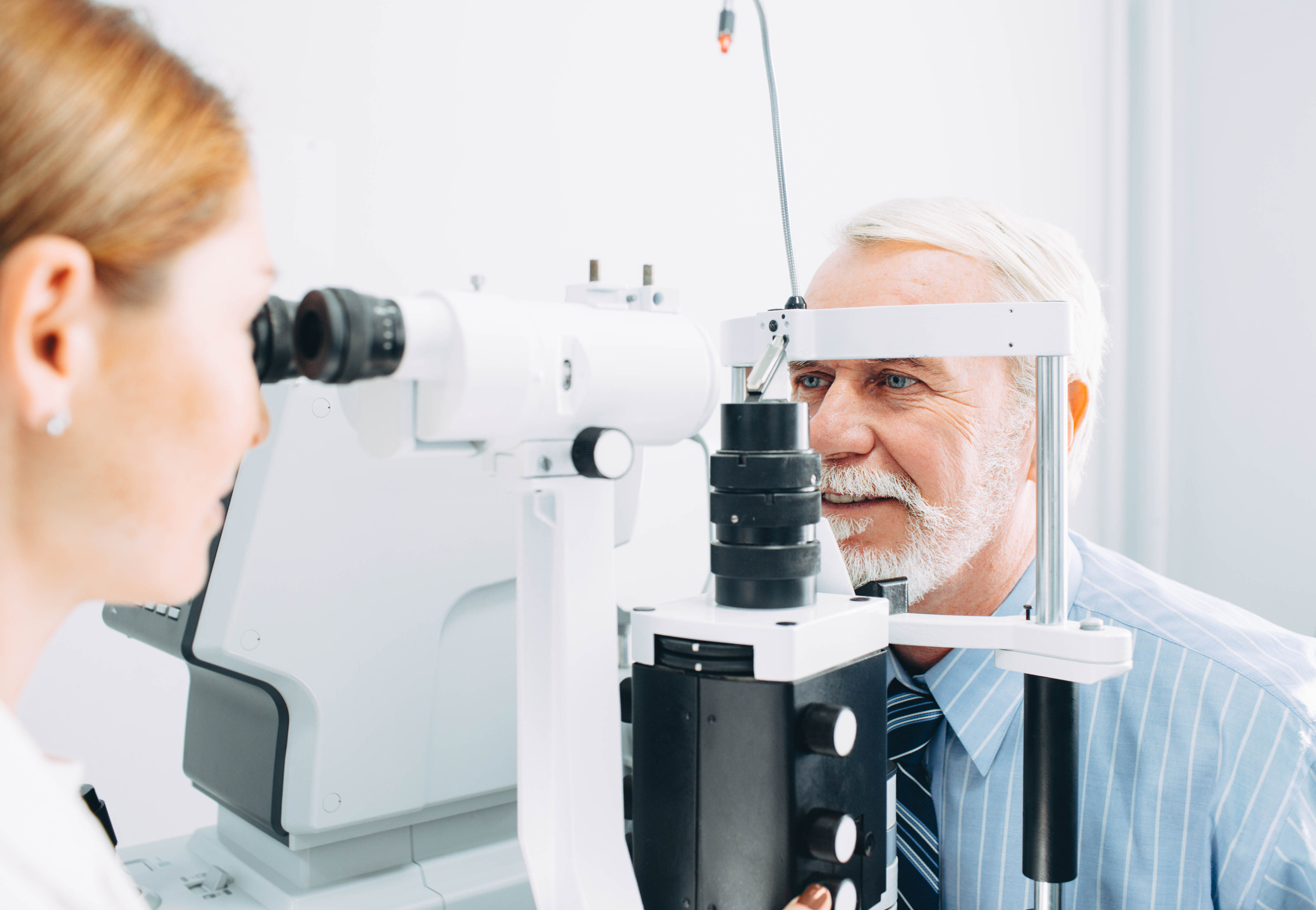With the arrival of Spring, it’s not only time to clean house and tidy up the garden, the better weather may also signal an opportunity to make appointments for dental, hearing and vision checkups to maintain overall health and well-being. Recent studies have shown a connection between untreated hearing and vision loss with cognitive decline and dementia in older age and new research reveals certain eye changes may be an early sign of Alzheimer’s disease.
Early detection and diagnosis of Alzheimer’s not only allows families to better plan for the future, but a non-invasive diagnosis of AD could also help patients get treatment sooner – when it is most beneficial in slowing the progression of the disease and addressing symptoms. According to a recent Everyday Health report, a new study published in the journal Acta Neuropathologica demonstrates how eye exams could be the key to achieving much earlier and more accurate diagnoses.
By developing imaging techniques that show changes in the retina, which correspond to brain and cognitive changes in AD patients, the disease could be detected even before memory or behavioural symptoms become evident. Looking for biological hallmarks of Alzheimer’s, detected through imaging of the eye, could be a game-changer in providing a window into the brain. By identifying the disease in its earliest stages, people could also make healthy lifestyle changes that could help control their “modifiable” risk factors like high blood pressure, high cholesterol and diabetes.
BrightFocus Foundation estimates that 500,000 Americans are diagnosed with Alzheimer’s every year. With the aging of the Baby Boomer generation and greater longevity, it is anticipated that within 30 years, the number of U.S. adults over 40 living with dementia will rise to 5.2 million people. Although Alzheimer’s dementia is not a normal part of aging, the greatest risk factor for AD is advanced age. Alzheimer’s disease is expected to have a staggering impact on healthcare spending in the coming years and place a significant burden on family caregivers.






Add Your Voice
0 Comments
Join the Discussion